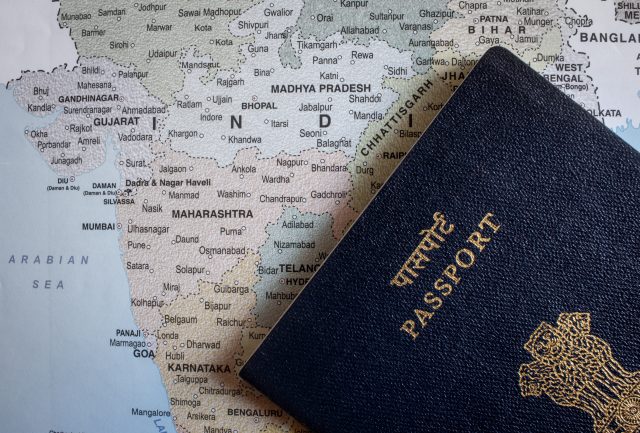This website uses cookies so that we can provide you with the best user experience possible. Cookie information is stored in your browser and performs functions such as recognising you when you return to our website and helping our team to understand which sections of the website you find most interesting and useful.
India offers a huge opportunity for drinks, but there are limitations
Understanding the Indian market for both its potential as well as its idiosyncrasies has been outlined as fundamental to the success of expanding drinks businesses. Here, db finds out the positive elements and the pitfalls.

Speaking in a segment at the TFWA Asia Pacific Conference & Exhibition in Singapore this week, Singapore Management University professor Nirmalya Kumar outlined how “India is an attractive market and still relatively underpenetrated by global chains relative to its potential”.
However, despite his confidence in the market, he warned drinks companies that “there are also constraints that must be overcome” such as learning to “accept cash on delivery given only 1-2% of Indians have credit cards” and urged companies to consider logistics.
Kumar pointed out that, while some consumers perceive duty free drinks as cheaper, the data demonstrates that this is only true for a selection of highly-taxed items and insisted that in India “duty free prices are among the highest” which means that firms will “need to tap into buyer motivations” and look at elements “other than price” to unlock a route that will be “critical for success”.
Consultancy CAPA India expects outbound departures by Indian residents to increase from 17.4 million in 2019 to over 50 million in 2030.
Speaking to db, Bottega Spa founder and managing director Sandro Bottega observed how “India has been a surprising market because it has grown a lot” and estimated that “last year, we already sold almost 20,000 cases and we are seeing 50% growth in India’s domestic market as well as global travel retail”. Bottega admitted: “We know India to be a big market in terms of population but there was not the wine culture like in other countries. But this is changing a lot and we think that, in India, Bottega’s visibility will continue to grow over the next few years”.
But how will it grow? Illustrating how it will progress, Kumar explained how India’s middle classes are framed very differently across the country and disposable income to spend on lifestyle choices such as drinks need to be considered. He highlighted how “by global standards, the middle classes a percentage of India’s population is small, even if big in absolute numbers. For example, about 7% have a per capita annual income of more than US$36,000,The middle class in India is defined as having a per capita annual income of US$6,000. Yet 7% of India’s population is equal to 100 million, which is larger than the population of France, Germany or the UK.”
In addition to this, the travel and airline business in India is also reported to be booming and, in the next five years, domestic air traffic is expected to double, according to Kumar, while the number of airports will increase from 150 to 200 presenting drinks brand owners working with global travel retailers with a big opportunity to not only boost sales, but also presence and brand awareness in the consiousness of the Indian consumer.
Offering his advice for companies looking to use the Indian GTR opportunity, Kumar pointed out that it was important to study the market to understand the Indian customer properly and explained: “They may seem very price-sensitive, but it is extreme value consciousness. Quality is what they are seeking, but at an affordable price. Companies that can re-engineer their processes to meet these challenges have and will continue to do well. Beyond this mass market, there is also the top end of the market which may be minuscule as a percentage of the population, but is as rich as anywhere in the world.”
Across India, success stories are already unfolding with Heineken’s United Breweries Limited (UBL) recently reporting a more than five-fold leap in profit in the January – March period of 2023-24. Meanwhile, also gaining interest domestically, Piccadily Distilleries-owned whisky brand Indri and New Delhi-based Fort City Brewing’s launch of Dhumri, a stout aged in whisky casks. The launch of Radico Khaitan-owned single malt whisky distillery Rampur’s new Indian rum The Kohinoor Reserve. Looking at the latest IWSR forecast, there is predicted to be a continued upward trajectory for India’s beverage alcohol market in 2024 and beyond, showing there is still plenty of promise for the nation, but drinks companies will need to respond to the opportunities and their associated challenges quickly.
Related news
Stone Brewing to cease all international exports

